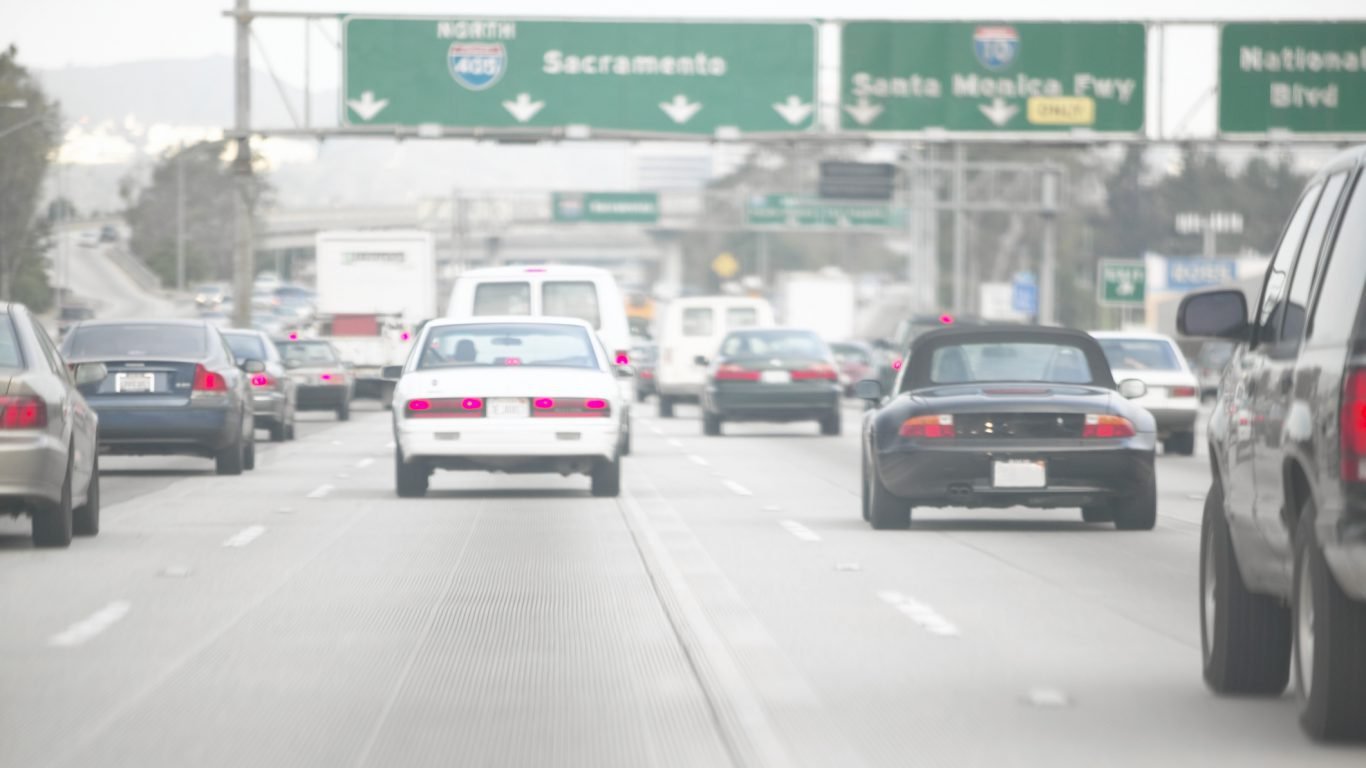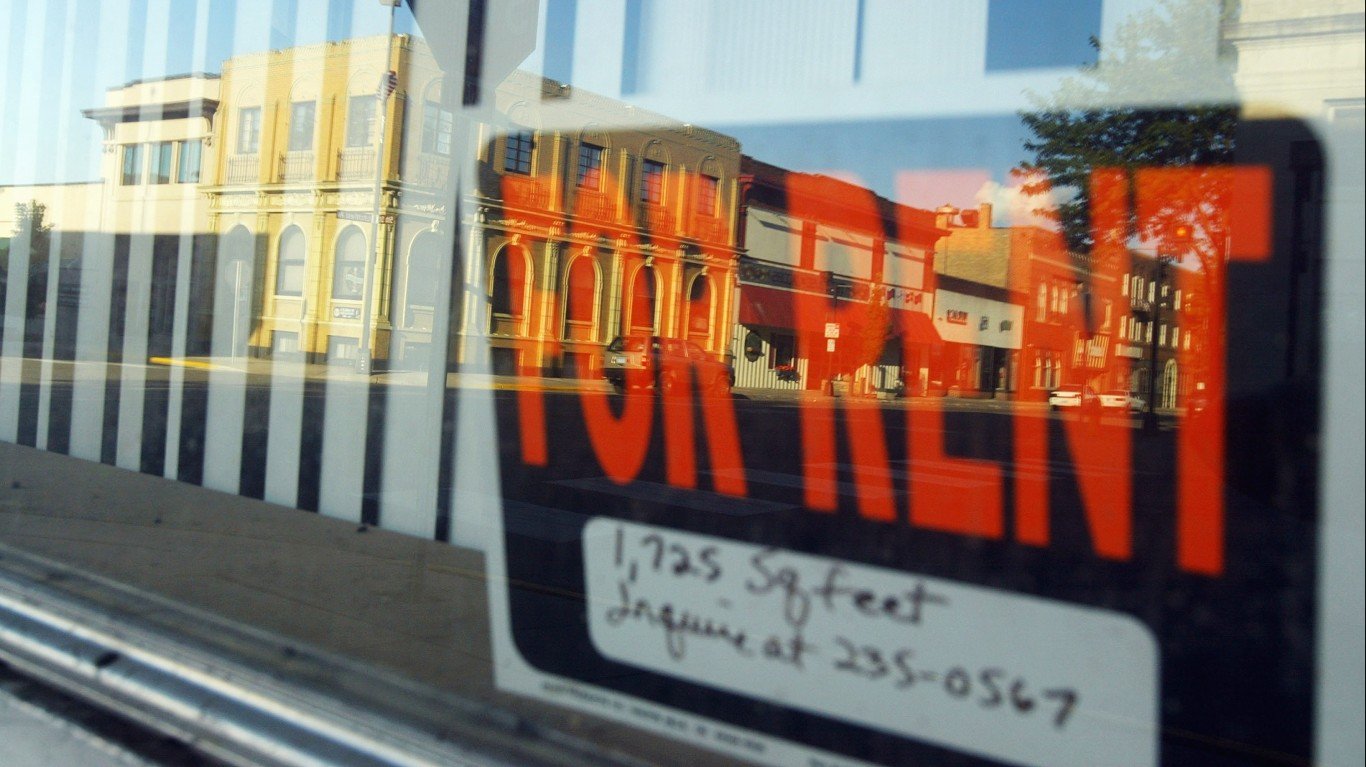
Over the past month, the U.S. average price for a gallon of regular gasoline has jumped by 19 cents. As of March 1, the price was nearly 60 cents a gallon more than it was on March 1, 2020. That year-ago price matched the 2021 year-to-date low price of $2.25 a gallon on January 4. Since then, the average price has risen to $2.89 as of Thursday morning, according to GasBuddy.
There are a couple of reasons for the rising prices. First, the OPEC+ nations have curtailed supply. That has pushed the price of crude up by 72% since the U.S. elections last November. West Texas Intermediate (WTI) crude traded at more than $66 a barrel earlier this month, compared to last year’s price of around $22 a barrel. The COVID-19 lockdowns further depressed the price of crude, which didn’t consistently rise above $40 a barrel until last July.
The second factor driving current price increases is the beginning of a reopening of the U.S. economy. More Americans are returning to more pre-pandemic pursuits, like going to the office, going shopping or getting on with other once-ordinary activities.
A combination of high (and rising) gas prices, along with more traffic, is raising the level of road rage, according to a new survey from GasBuddy. The study reveals “the correlation of aggressive driving (‘road rage’) and the price of gasoline.” Based on data collected by GasBuddy during the first quarter of this year, the study was able to identify the cities in which U.S. drivers exhibited “the highest frequency of aggressive driving habits like rapid acceleration, hard braking and speeding.”
All 10 cities with the highest gas prices were located in California. No surprise really, given the state’s high gasoline taxes ($0.8145 per gallon) and fuel formulation requirements. As of Thursday morning, the statewide average price in California is $3.90 a gallon, about $1.00 a gallon more than the U.S. average.
What may be more surprising is that only four California cities appear on GasBuddy’s list of the 10 U.S. cities with the most aggressive drivers. Patrick De Haan, GasBuddy’s head of petroleum analysis, commented:
California has amazing sunshine but gas prices in that state have always been historically high due to state-mandated specially formulated fuel, a carbon management program and high fuel taxes. All that hard braking could be caused by seeing the rare cheap price at some gas stations.
Ironically, aggressive driving can lower gas mileage by as much as 40%, costing drivers up to $477 more per year to pay for the additional fuel consumption.
The 10 California cities with the most expensive gasoline were San Francisco, San Rafael, Santa Rosa, San Luis Obispo, Los Angeles, San Diego, Napa, Oakland, Orange County and San Jose.
The 10 U.S. cities with the most aggressive drivers was topped by Sacramento, California, a city that didn’t make it into the top 10 on pricing. The second- and third-most aggressive drivers were identified in Los Angeles and San Diego. Birmingham, Alabama, and Raleigh, North Carolina, rounded out the top five. Ranking sixth through 10th were Memphis, Tennessee; Atlanta, Georgia; Charlotte, North Carolina; San Francisco; and Detroit.
Essential Tips for Investing: Sponsored
A financial advisor can help you understand the advantages and disadvantages of investment properties. Finding a qualified financial advisor doesn’t have to be hard. SmartAsset’s free tool matches you with up to three financial advisors who serve your area, and you can interview your advisor matches at no cost to decide which one is right for you. If you’re ready to find an advisor who can help you achieve your financial goals, get started now.
Investing in real estate can diversify your portfolio. But expanding your horizons may add additional costs. If you’re an investor looking to minimize expenses, consider checking out online brokerages. They often offer low investment fees, helping you maximize your profit.
Thank you for reading! Have some feedback for us?
Contact the 24/7 Wall St. editorial team.
 24/7 Wall St.
24/7 Wall St.

